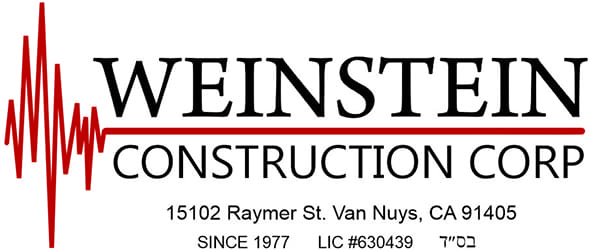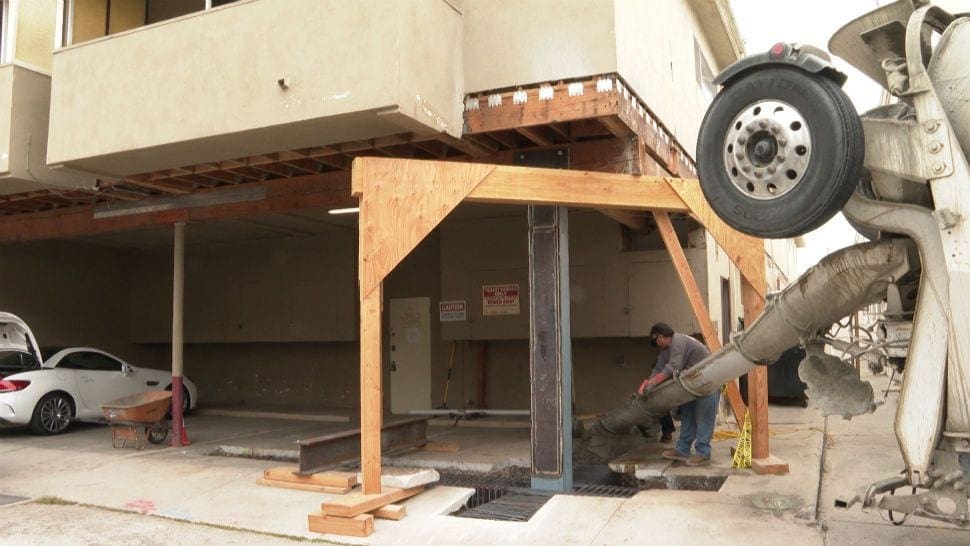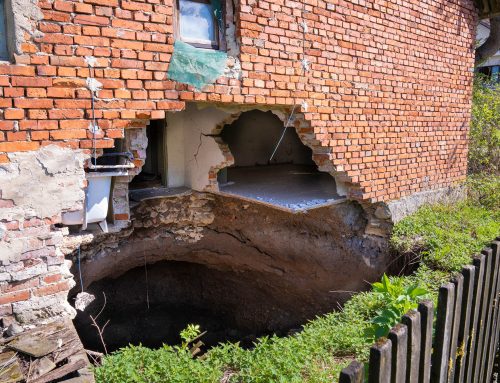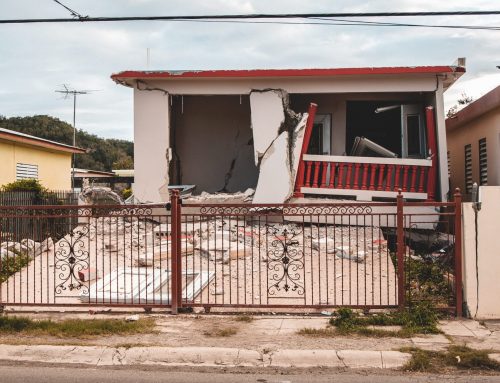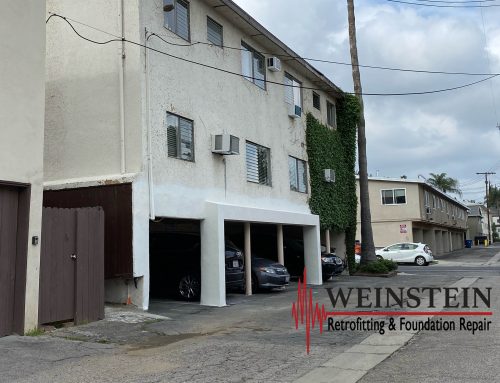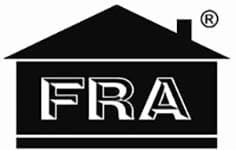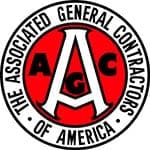Many Los Angeles property owners and tenants were aware of the Soft Story retrofit ordinances in Los Angeles. If you don’t know, in 2015, the city council approved two construction measures regarding Soft Story buildings. The Los Angeles Soft Story retrofitting project was revealed shortly after the new policies were approved. The idea behind this is to make sure that when the next earthquake hits, buildings across the city will be structurally sound. So what are the new laws covering and how are they applicable to you?
The first order, 183893, specifies the type of buildings required under the Los Angeles Soft Story retrofit system to complete a seismic upgrade. Built before 1978, this list includes wood-framed structures and Soft Story buildings. Ordinance 184081 sets the timeline for building owners to complete their retrofit to comply with the required plan. The second order has two components depending on whether you intend to retrofit or simply demolish the house.
City officials have compiled a list of all the buildings and structures that they consider as at risk. The city sent a letter to the owners of these buildings notifying them of the required Los Angeles retrofit Soft Story programme. Those letters gave owners seven years in most cases to apply their plans and complete the necessary retrofits. You should have hired a Soft Story retrofit contractor now if you got one of these documents. If you haven’t hired one, or don’t know if you need one, don’t worry, we’re here to answer all your questions and make it simple for you to understand the process.
Is your building part of the Soft Story retrofit project in Los Angeles?
Long-time Los Angeles residents have been waiting for the “Big One” to strike any day. If you’re new to the area, the “Big One” is the next big earthquake to strike Southern California for years. City officials tried to find a way to minimize the damage and save lives in potential quakes after the damage caused by the earthquake in 1994. The 1994 earthquake took the lives of 60 people and destroyed city bridges, freeways and buildings in millions of dollars.
In 2016, many building and unit owners received a notice to comply. Such notifications went out to building owners who are listed as structures on Soft Stories. The first round of notices went out to building owners falling under the Priority and 1 or 2 under Order 183893. If there are less than five residential units in your house, your notice should have been sent out later.
You have two years to apply your retrofit plans to the city if you intend to upgrade your house. On the other hand, if you just demolish the house, you will apply the plans to the city within 3.5 years. The designs you submit, like those at Weinstein Construction, will need to be drawn up by a qualified Soft Story retrofitting contractor.
If you haven’t received a letter from the government, that doesn’t mean you’re off the hook. The Department of Public Safety at the City of Los Angeles spent over two years analyzing urban structures to assess which buildings would be the most vulnerable when a major earthquake occurs. They also compiled a list of over 13,000 buildings that meet their criteria after this comprehensive review. This suggests it may have been ignored by many owners on the list. Don’t be the one that ends up paying huge fines later because you haven’t done your homework right now. It is important to upgrade almost all Soft Story buildings that were constructed before 1994.
Which makes a Soft Story building?
To put it simply, a Soft Story building is any building of three or more floors that has a ground floor with a large open space, such as a parking garage. That makes these styles of building fragile are those large open spaces. Most have no shear wall which makes them very vulnerable during an earthquake. The upper floors tend to collapse on top and the tower can not be fixed once this happens.
The city of Los Angeles grew rapidly after World War ll. There began to emerge a huge number of apartment complexes throughout the city. The problem with these older apartment complexes is that the models used were not what they are today during that period. The reliability and durability of the materials used as well as the construction techniques used in most retrofits have been improved by technology. Every building built between 1950 and 1980 will have to be retrofitted to comply with the Soft Story retrofit system of Los Angeles. If you are still uncertain about whether your building is a Soft Story, the best thing to do is to contact a retrofit contractor in Los Angeles to arrange a consultation.
Which steps to complete a Soft Story retrofit do I need to take?
It can create a lot of uncertainty to grasp the steps involved. Start by finding an experienced retrofitting contractor in Los Angeles, like Weinstein Construction, to make it easier for you. Over 90 Soft Story retrofits have already been completed by their skilled contractors in the Los Angeles area and they know exactly what it takes to code the home. A successful retrofit Soft Story contractor will direct you through every step of the process and through most pressure. Here’s a step-by-step look at what’s involved in retrofitting a Los Angeles Soft Story: Initial Consultation The best Soft Story retrofit companies will offer a free first consultation. One of their experienced contractors and structural engineers will go over everything with you at this first meeting. The architect inspects the building and produces a detailed plan of the necessary work. They will then contact you to schedule a follow-up meeting. We will go through the retrofit options at this meeting and provide you with a detailed report outlining all the work that needs to be done, a timetable to complete it, and a cost estimate.
Obtaining permits You will need to obtain proper building permits from the city before any construction can begin. Your retrofitting contractor from Los Angeles must request all the paperwork required by the city to get the permits you need. This takes approximately 38 days for the application to be accepted and permits to be issued if the first time everything is correct.
You will need to pay a project review fee along with the application, and you will need to request a detailed work plan that is required on your system along with the other documents. Only the first step towards obtaining the necessary permits is to submit the application and work schedule. In ensure that it follows the current building codes, a city official will go over the work plan.
Such job designs often do not comply with all of the Los Angeles Soft Story retrofit codes regulations. When this occurs, it will be sent away to city officials asking for clarification before they are again sent. This will cost you more time and money and will delay the start of your Soft Story retrofit venture. Time is running out, make sure that your request is first accepted by hiring the right retrofit Soft Story contractor, one that is experienced with city ordinances and retrofitting.
You need to file the Tenant Habitability Report with the Housing Department while waiting for the permits to be issued. This can be done on the internet and is usually accepted within five working days. The law states that you must give a 25-day notice to your tenants telling them about the work to be done on the house. It helps them to plan certain things and ask any questions they might have. If this phase is missed, the building permit will not be released.
Parking spaces are one of the biggest reasons most retrofitting projects are sent away by the government. If it reduces the number of parking spaces already on the property, the city is likely to send the plan back. Another factor to be noted is the number of windows in the large open spaces versus door openings. Such calculations will be done by your Los Angeles retrofit contractor when the retrofit project is developed.
These are just an estimation of the fees charged by the city to review the plans and do not include the actual cost of the building for the permits. Apartment complexes costing between $850–$1200 with 8-12 rooms. Large buildings and facilities can be expected to pay $3,000–$5,500. While it may seem that just getting the right permits is a lot of work, it will be easier for the right contractor. If you employ Weinstein Construction, your skilled staff can complete most of the items listed here, and you won’t have to deal with city officials or learn complicated building codes.
New construction starts During a Soft Story retrofit, the building’s weakest areas are reinforced to make them more robust and secure during and after an earthquake. During the aftershocks, most damage tends to occur. The actual earthquake can cause cracks to crumble in the foundations and walls and the tremors that follow.
One of the most widely used retrofit techniques involves steel connections attached to the structure along with l-beams that provide resistance to an earthquake’s initial shaking. Certain methods, such as floor beams and plywood shear walls, are also used depending on the structure requires. Depending on the type of building you have and how long ago it was constructed, it will decide whether other methods are needed to bring it up to the Los Angeles retrofit Soft Story codes.
A professional retrofit Soft Story contractor such as Weinstein Construction will ensure that your retrofit project is as disruptive as possible. This is vital not only for your company, but also for your tenants. Our contractors and staff will be at your fingertips to answer your tenants ‘ questions
